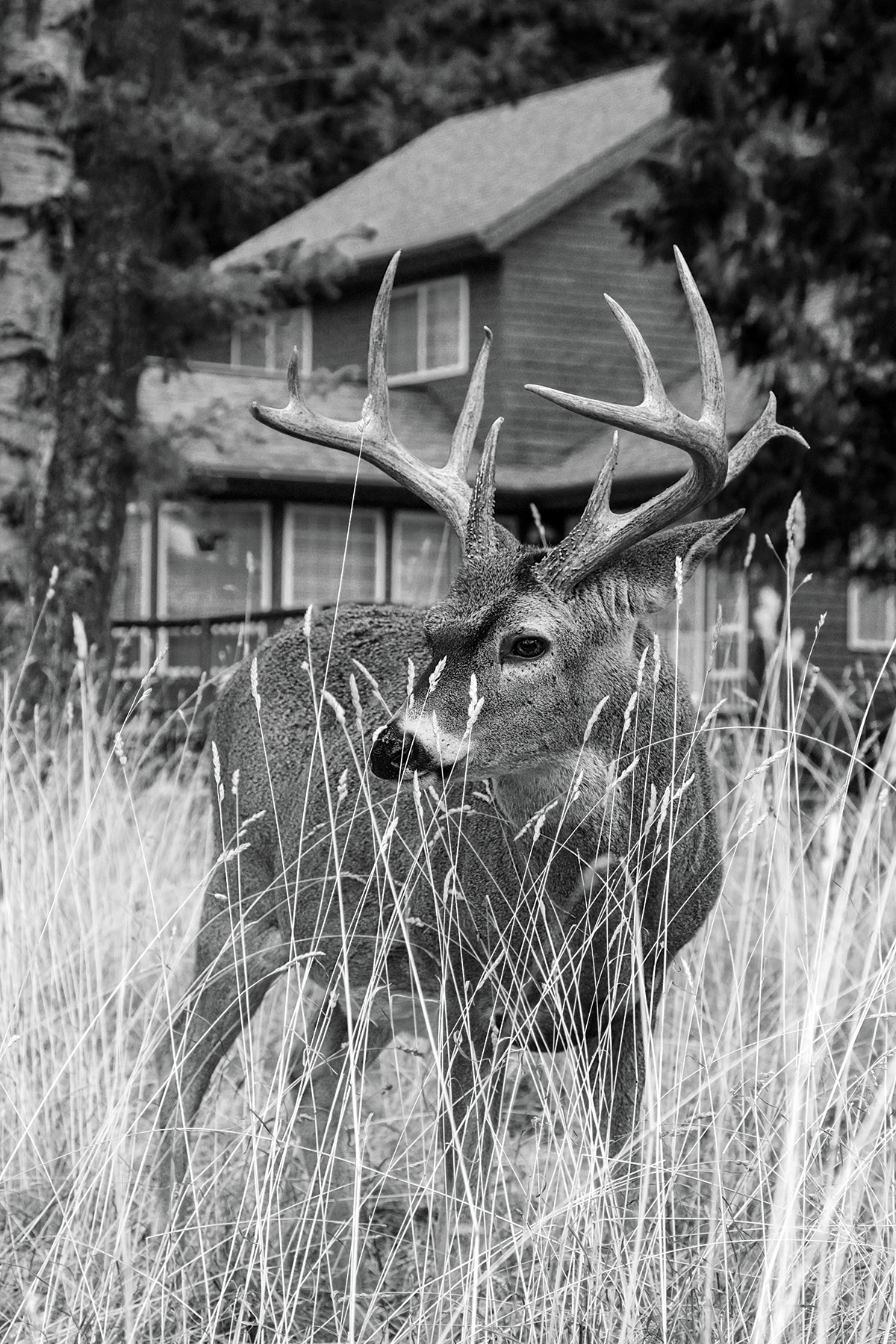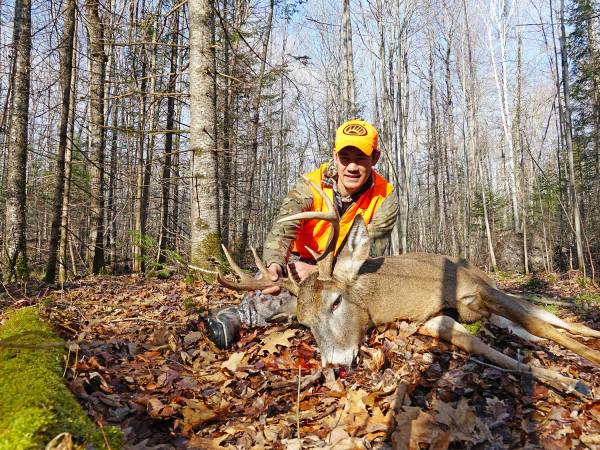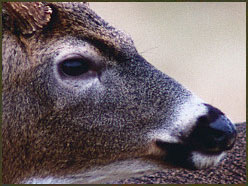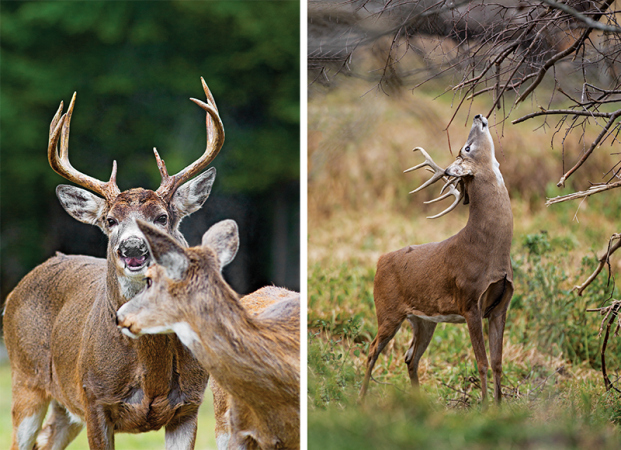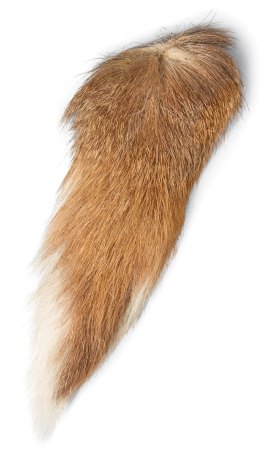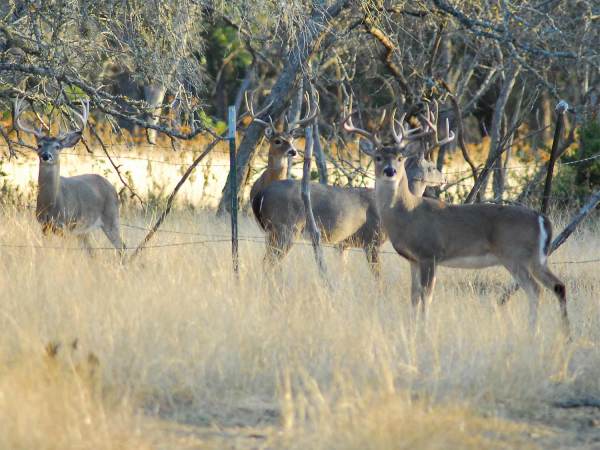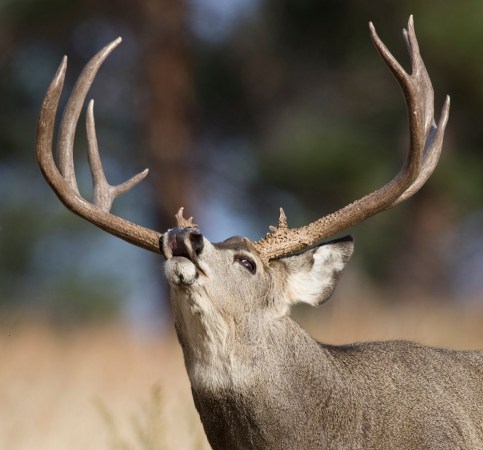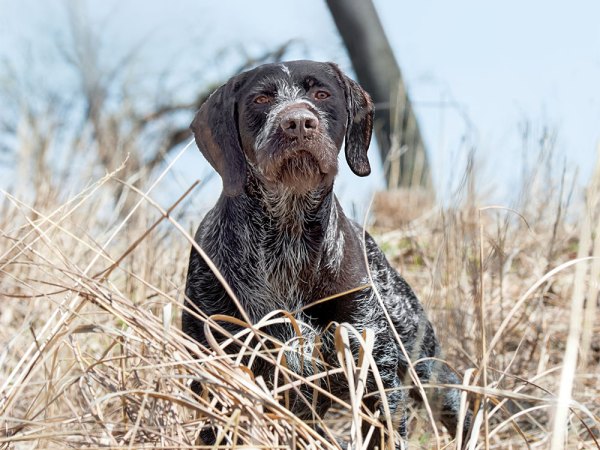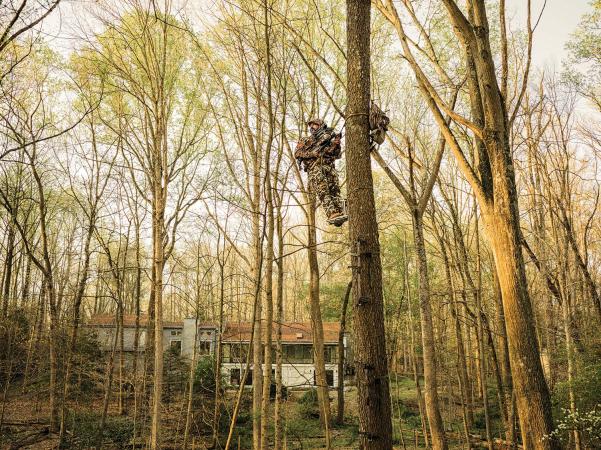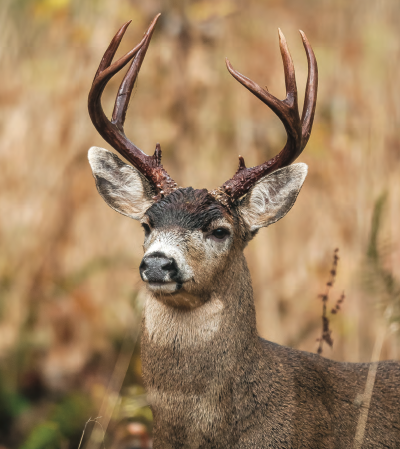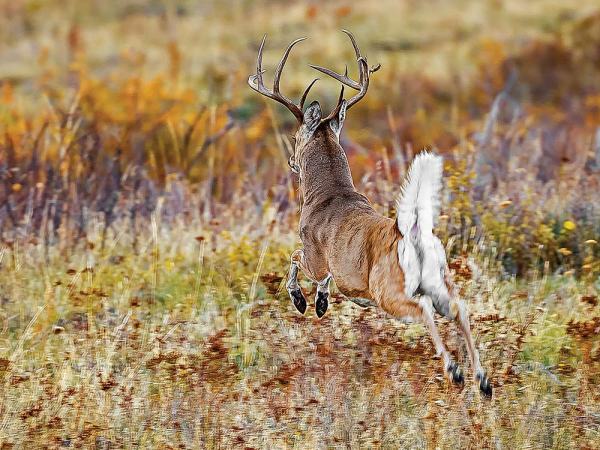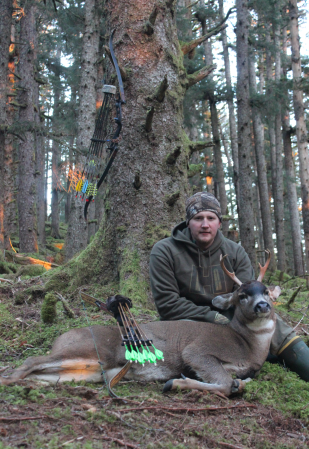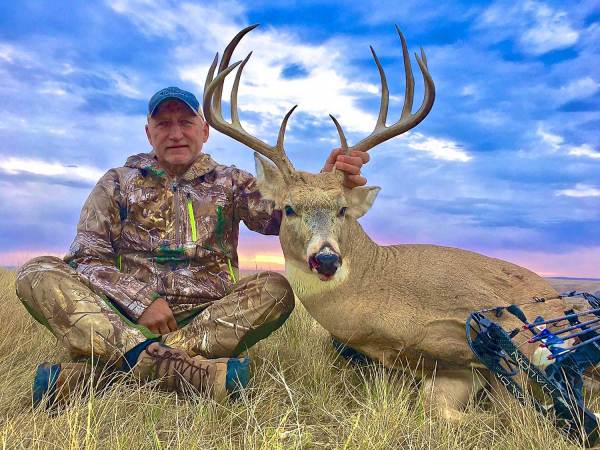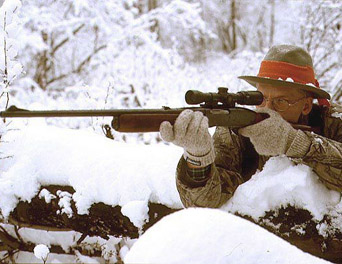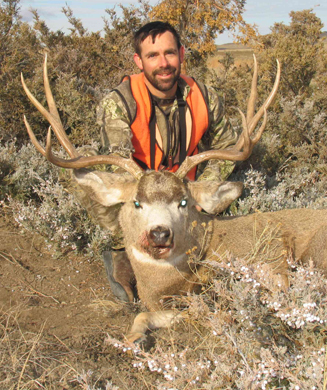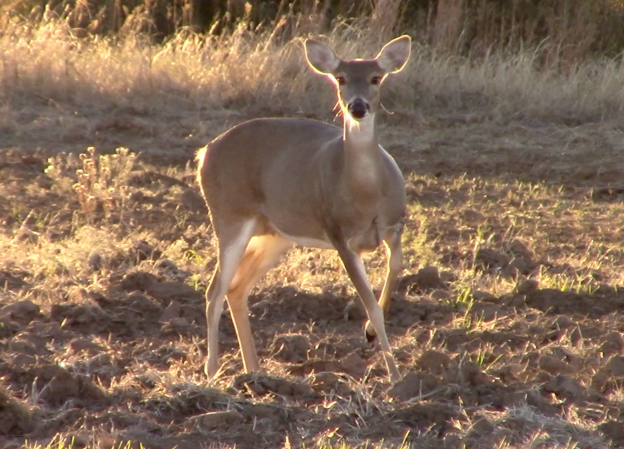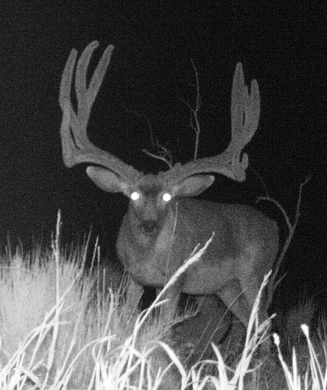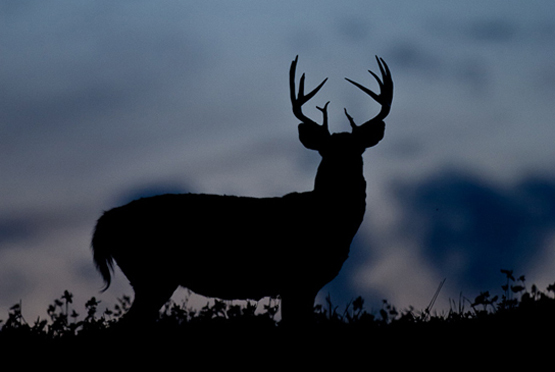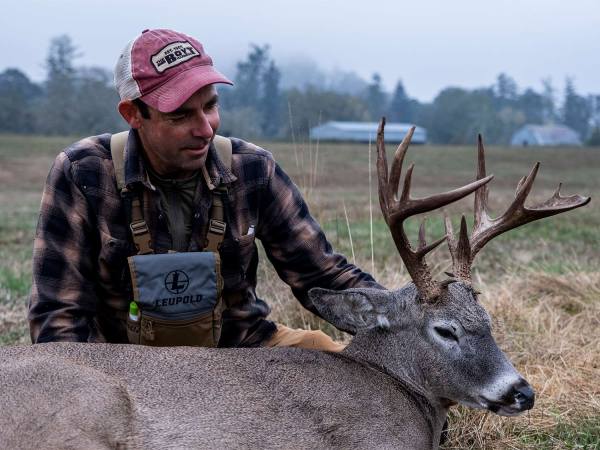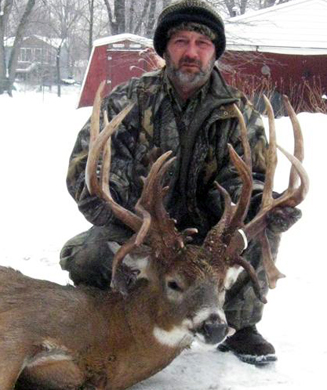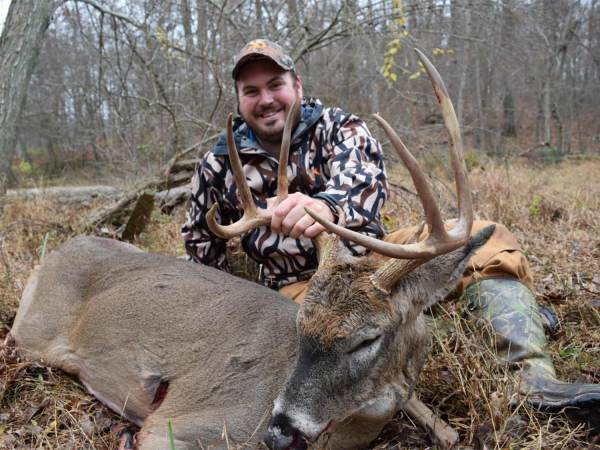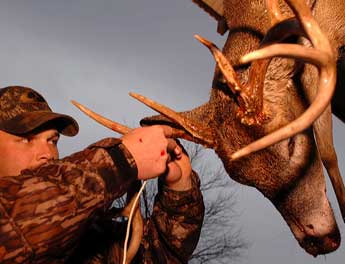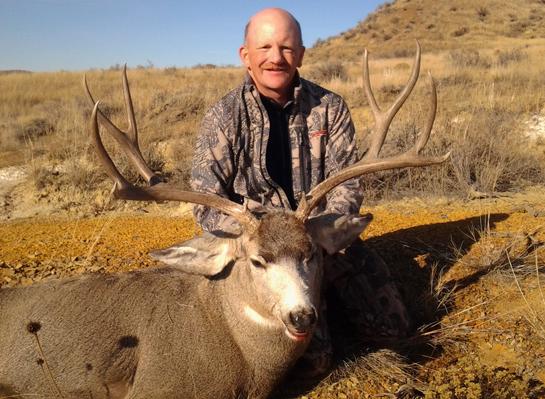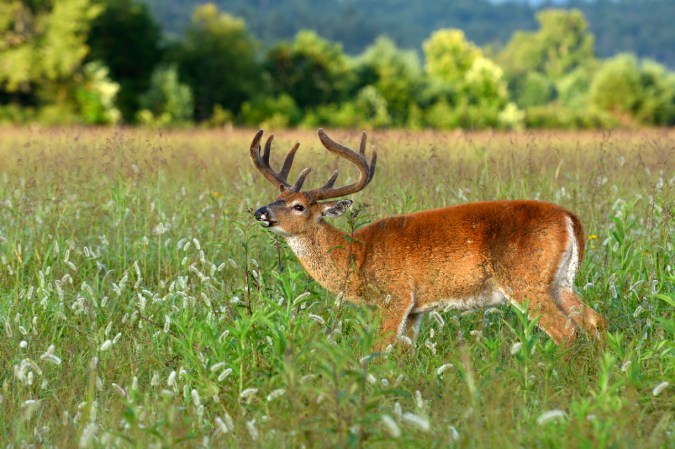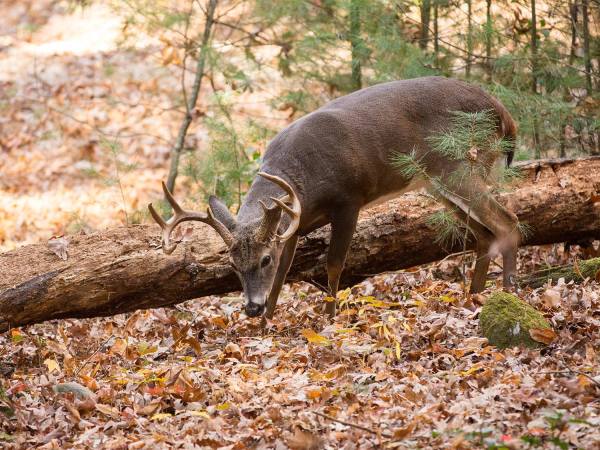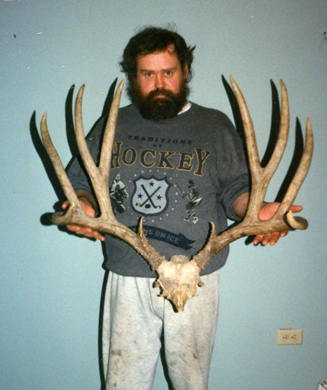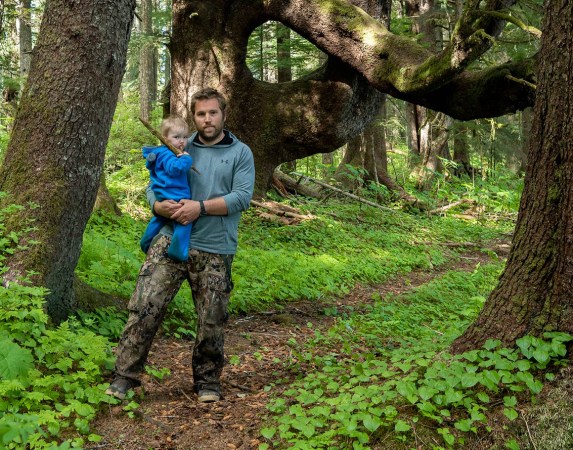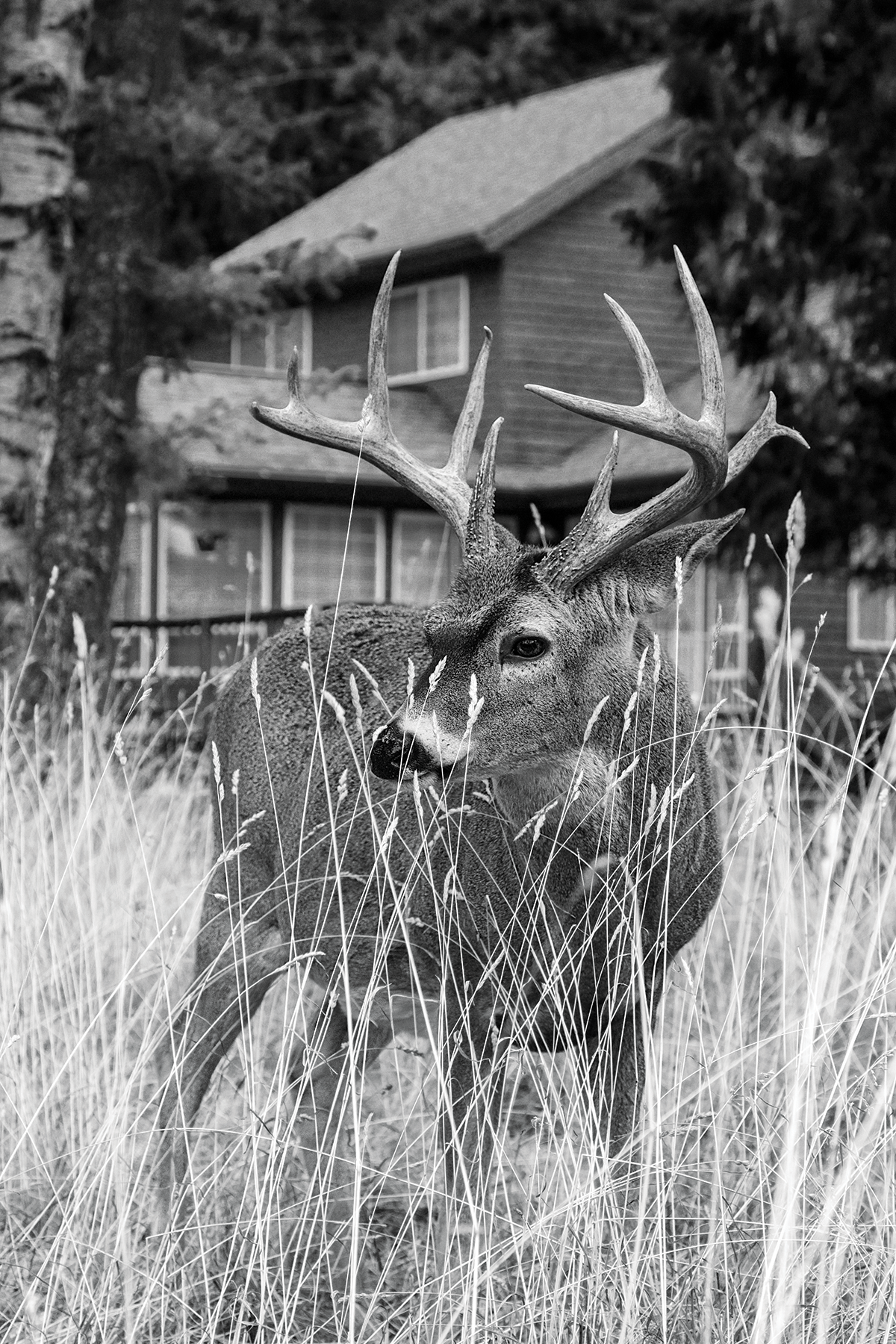
Last November I killed the biggest whitetail of my life: a North Woods 5×5 that probably never saw a cultivated field, barbed wire fence, or artificial feed in his life. But my success tagging that deer depended directly upon other deer in a far different setting: urban deer that live in my neighborhood, raid my garden, and even sleep in our dog kennel.
Today’s urban or suburban deer hunter lives with an opportunity to study deer behavior that, a generation ago, was the exclusive domain of professional guides and biologists. I consider my backyard deer to be barometers on the hoof. Observe them, and you’ll become a more deadly hunter.
1. Pattern deer movements in real time. Deer move in response to subtle weather shifts or changes in daylight. Three times in the last few years I’ve noticed an uptick in local buck behavior in my neighborhood, and I suddenly noticed giant bucks I had never seen before. I canceled all appointments and dashed for a favorite hunting spot out of town. All three times I’ve taken bucks after noting this cue. As the fishermen say, “The bite was on.”
2. Track rut phases. Local deer populations have different rutting schedules that are based on local conditions, not a calendar. Keep a journal of deer activity over several years and you’ll better understand nature’s rhythm in your area. When do bucks start rubbing trees? When do does start leaving fawns behind as bucks stir up the herd?
3. Practice calling techniques. Bleating, rattling, and grunting all draw deer but are best polished with practice. City deer won’t react exactly the same way as deer that live under hunting pressure, but you can still pick up important cues about how deer respond under certain circumstances.
4. Refine tracking skills. When I walk my neighborhood, I scan for deer sign, judging the age of tracks and droppings, trying to match prints and rub trees with specific bucks. Sometimes I’ll follow a track through our neighborhood park to see how close I can get to the deer that made it.
5. Sharpen your game eye. Nothing stands out like a Booner on a manicured lawn, but city deer often hide in thickets and hedgerows. Practice picking out hidden deer, noticing that flick of an ear or glint off an antler that gives them away. Scan dense cover with a binocular to recognize pieces and parts of deer in obscuring vegetation.
6. Judge distance. Accurately judging distance is a key skill, particularly for archers. I pocket my laser rangefinder on morning and evening walks. When I see a deer, I estimate the distance, then range it to see how close I came. I strive to pinpoint the distance to the yard.
7. Recognize deer sounds. Deer are more vocal than they seem. You rarely get a chance to listen to their language if you hunt just the weekends and vacation days. Pay attention and you’ll hear grunts, bleats, and whines—and learn what they mean.
8. Ease those buck-fever jitters. Because urban deer are protected from predators and eat a fortified diet, a disproportionate number of bucks grow to trophy size. Study them, even watch individuals grow up, to notice the subtle differences between a 3-year-old buck and a more mature specimen. This will allow you to more quickly assess bucks in the field and help calm your jitters when a bruiser finally shows up in your sights.
9. Master your trail camera. Modern trail cameras are loaded with bells and whistles. But these take practice to master and can be frustrating when not set up just right. By hanging a trail camera on my apple tree, I can experiment with different settings, positions, and lighting conditions long before actual scouting season.
10. Learn to read deer body language. Like dogs and humans, deer communicate with their bodies. A certain way they cock their ears or swish their tail sends a message to other deer. The more you watch them, the better you’ll be able to interpret these subtle gestures. A doe’s casual sideways glance, for example, can reveal a buck that’s hidden nearby.
